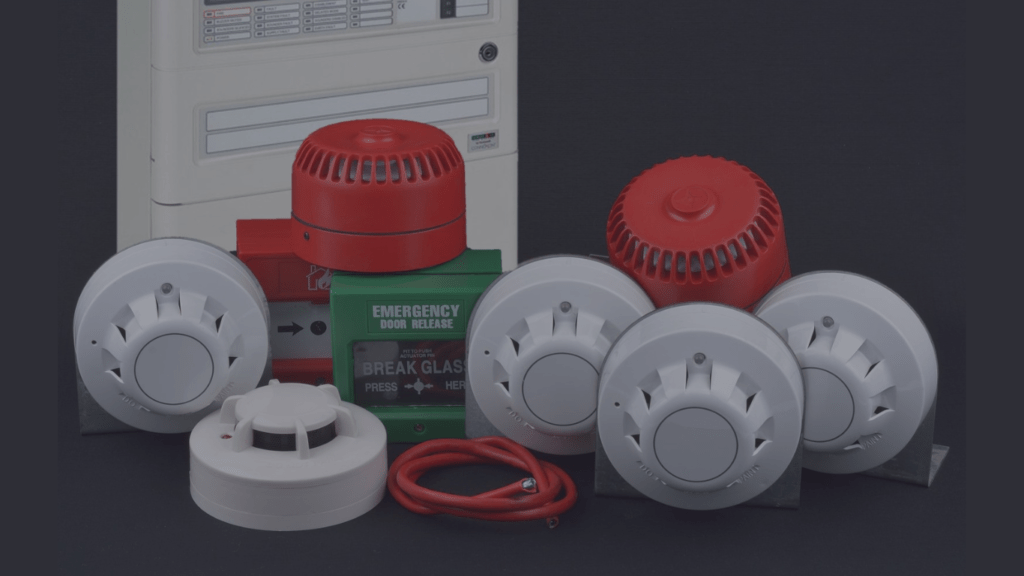Fire alarms are crucial safety devices designed to protect lives and property. In this blog, we’ll break down the complexities of fire alarm systems into simple terms, helping you grasp the types and features that ensure your safety.
Types of Fire Alarms:
Ionization Alarms:
How they work: These alarms detect fast-flaming fires by using a small amount of radioactive material.
Ideal locations: Best suited for areas with potential for rapidly spreading fires, like kitchens.
Photoelectric Alarms:
How they work: These alarms use a light source and a sensor to detect smoke particles, ideal for slow-burning, smouldering fires.
Ideal locations: Recommended for bedrooms and hallways.
Combination Alarms:
How they work: Combining ionization and photoelectric technologies, these alarms provide broader coverage.
Ideal locations: Versatile and suitable for general use throughout the home.
Key Features Simplified:
Interconnected Alarms:
What it means: If one alarm detects a fire, all interconnected alarms sound simultaneously.
Why it’s important: Ensures everyone in the home is alerted, even if the fire is in a distant part of the house.
Battery Backup:
What it means: Some alarms have a backup battery to ensure functionality during power outages.
Why it’s important: Guarantees continuous protection even when the electricity is down.
Hush Button:
What it means: Allows you to temporarily silence the alarm in case of a non-emergency situation, like cooking smoke.
Why it’s important: Prevents unnecessary panic while maintaining safety.
Low-Battery Indicator:
What it means: Notifies you when the battery is running low and needs replacement.
Why it’s important: Ensures your alarm is always ready to protect you.
Maintenance Tips:
Regular Testing:
How often: Test your fire alarm monthly.
Why it’s important: Ensures the alarm is operational and ready to respond when needed.
Battery Replacement:
How often: Change batteries at least once a year.
Why it’s important: Maintain a reliable power source for your alarm.
Cleaning:
How often: Clean alarms from dust and debris twice a year.
Why it’s important: Keeps sensors and pathways clear for accurate detection.
Conclusion:
Understanding fire alarms doesn’t have to be complicated. By knowing the types and features, and following simple maintenance tips, you can enhance the safety of your home. Stay informed, stay safe!
Understanding fire alarms doesn’t have to be complicated. By knowing the types and features, and following simple maintenance tips, you can enhance the safety of your home. Whether you opt for ionisation, photoelectric, or a combination alarm, the key is to ensure that your chosen system aligns with your specific needs.
For reliable fire safety solutions, consider Pace Safety Solutions, which offers a range of advanced fire alarm systems designed to provide early detection and swift response in the event of a fire. Remember, investing in the right fire alarm is an investment in the safety and well-being of you and your loved ones. Stay informed, stay safe with Pace Safety Solutions!

